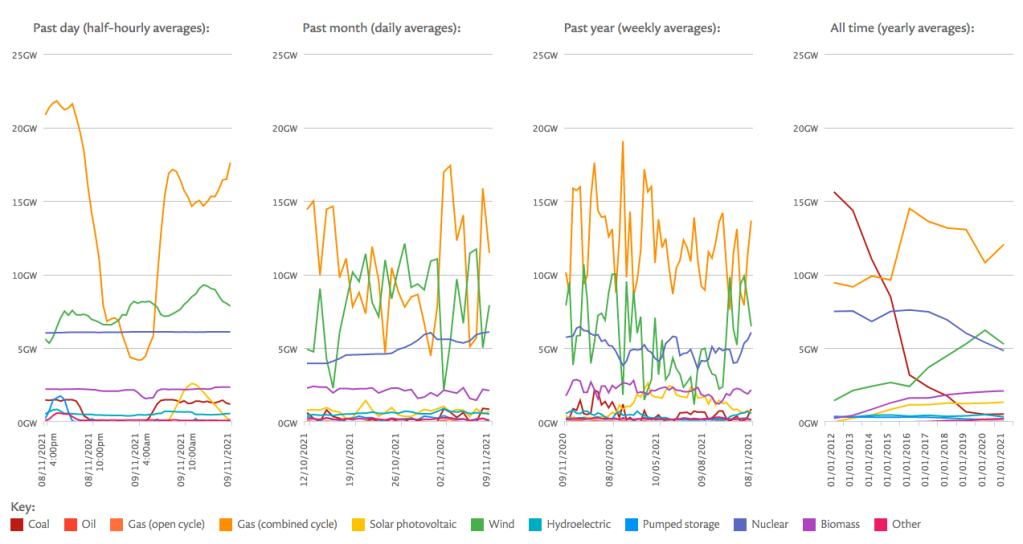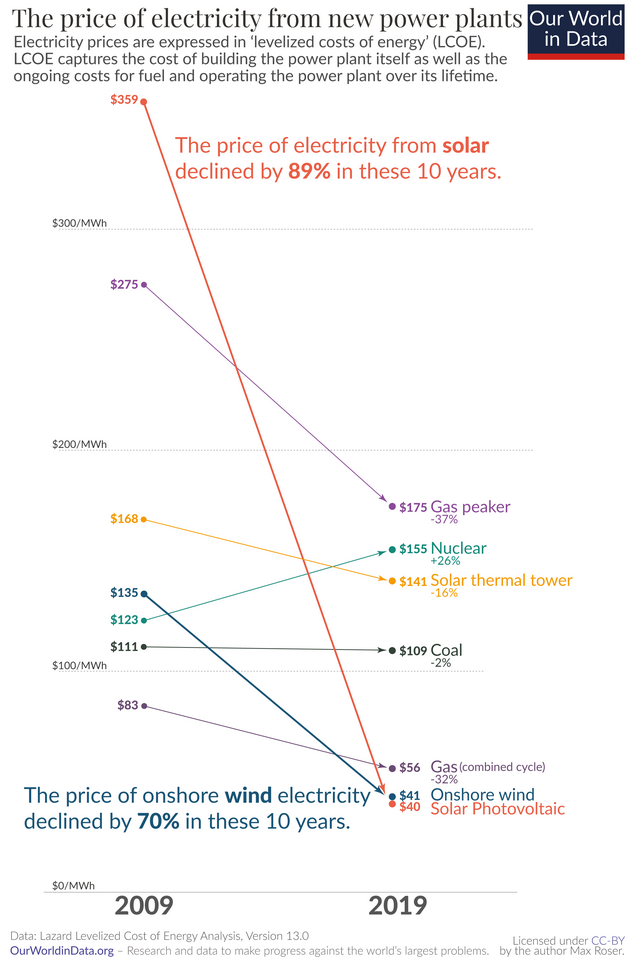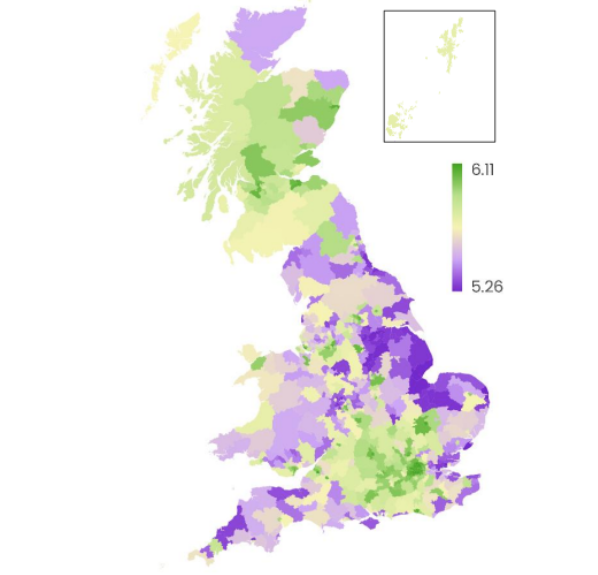You’ll have seen several takes on Jeremy Hunt’s budget already I’m sure, I’m going to focus on the built environment. You know we’ve got a climate emergency, a cost-of-living emergency, it’s also the case that we’ve got a public sector buildings emergency. There’s a massive repairs backlog for schools, hospitals, council houses, prisons, police stations, fire stations, MoD estates, leisure centres, law courts and minor roads. There’s a scarcity of public buildings too, we need to build lots of new ones, as well as repair the ones falling apart.
When Boris Johnson ascended to power I was struck by how awful his construction record was, within weeks of becoming London Mayor he cancelled the Barking Riverside rail link that effectively killed off development in the Thames Gateway. He proceeded to back a number of hare-brained schemes such as the Scotland-Ireland bridge, Cross-channel bridge, Garden Bridge and Estuary Airport that were never going to be built and put his name to necessary projects such as the Bakerloo Line Extension but actually failed to sign off as Prime Minister. Johnson is a tough act to follow in terms of sheer uselessness, but somehow Sunak and Hunt manage it. What little investment that is planned is on the wrong things and in the wrong places. Let’s take a look at a few key sectors . . .
Housing
Bigger picture: Britain built seven million council houses between 1919 and 1979. Since then we’ve stopped building council houses, sold a load off, and demolished a lot, now there are only four million social houses in total (council and housing association). Not merely does the Government not fund council house building, it made it extremely difficult for local authorities to build them off their own back. Only this week it was revealed that Stirling Prize winning council housing – Goldsmith Street in Norwich – is subject to several Right to Buy applications only five years after it was built.
The significant discount on offer means Norwich council will have built these houses at a loss – a serious disincentive to building anything new. What’s in the budget? A capital gains tax cut for housing sales, a reversal of Right to Buy receipt retention for councils only two years after it was introduced (depriving councils of £200 million), and a £242 million grant to help build 8,000 houses near Canary Wharf.
Anyone with a knowledge of the Canary Wharf area knows those houses will be built, grant or no grant, and it’s a stone’s throw away from other major housing masterplans – 20,000 for Thamesmead/Abbey Wood, 15,000 for Swanscombe/Ebbsfleet, 13,000 for the Hoo Peninsula, 6,500 for Bexley Riverside. That £242 million for East London compares to £170 million for Wales (population 3.5 million) and £300 million for Scotland (population 5.1 million). So the Government is making it harder to build council houses during a property costs crisis and is actively making the country even more lopsided.

Electricity
Bigger Picture: Renewable energy has progressed from 5% market share to 45% in the last 15 years, contributing to a 70% decline in carbon emissions from the grid. This decarbonisation has been possible due to an almost complete phase out of coal use. The market share gain of renewables has largely been in the form of wind, solar and biomass. The UK has huge wave, tidal and geothermal resources but we’re yet to tap into them. We’ve decarbonised our grid more than any other country in the industrial world, this has happened despite the fact that we haven’t opened a new nuclear power plant since 1995 and since then we’ve closed 12 nuclear power plants. Earlier this year several nuclear plants went offline for maintenance, our nuclear production dipped from the normal 4.7 gigawatts to 2.5 gigawatts, but the grid coped just fine.
It’s pretty extraordinary in this context that the only significant announcement in the budget was to support Small Modular nuclear reactors (SMR). There is no working prototype of a SMR anywhere in the world yet, solar panels and wind turbines already exist and improve every year, wave and tidal electricity sectors have been prototyped to death. The UK had a world lead in wave and tidal, we’re about to be overtaken by the Faroe Islands, which plans to install 200 megawatts of tidal power in the next few years. The UK could very easily up its renewables market share from 45% to 80% (adopted policy of both Labour and Lib Dems) by doing more of the same (wind and solar) deploying new forms that have been thoroughly tested (wave and tidal), or are used elsewhere in the world (geothermal).
The latest generation of nuclear power plants in Europe are taking 15 – 20 years to build and are subject to massive cost overruns (hello Hinkley Point C). They’re such a drain on the public purse they are often supported covertly by the fossil fuels industry in order to take money away from renewables. It’s hard not to see the mystifying push for SMRs as a form of sabotage. Knowing what we know now, why wouldn’t you commit to cheap, clean, safe, homegrown renewable energy that can fulfil the needs of the grid in full over 24 hours? The same cannot be said of either fossil fuels or nuclear.



Jeremy Hunt – would rather put money into expensive, inflexible and untested SMRs rather than well-established, cheaper and safer forms of renewable power
Schools
When the RAAC in schools scandal broke in September, courtesy of a Lib Dems FoI request I wrote extensively about how we got there. School building activity oscillates between feast or famine with very little in between. At the tail end of the New Labour years we had a feast with £10 Billion a year spent on Building Schools for the Future (BSF), City Academies and the Primary Capital Programme. The school buildings budget was slashed by 62% at the start of the coalition and BSF was replaced by the Priority Schools Building Programme, a real penny-pinching scheme, reducing the budget for building a secondary school from £25 million to £17 million.
Things regressed further with the Schools Rebuilding Programme, a plan to rebuild just 50 schools a year.
Considering that there are 4,000 secondary schools in England, 50 a year means it would take 90 years to rebuild the whole estate – barely keeping pace with replacement rate. While the current Government is not responsible for the use of RAAC, that happened between the mid-50s and the mid-80s, our failure to demolish and replace the worst post-war schools means the problem is more serious than it should be.
As long as the Schools Rebuilding Programme is retained in its current form it is not nearly enough to address the needs of the schools estate. Things are likely to get worse as Munira Wilson, Lib Dems spokesperson for Education noted after the budget, “Despite the shocking state that our schools are in, the Chancellor has delivered a real terms cut to school buildings spending.” The government knows how bad the situation is in the state sector, but deliberately refuses to do much about it.

Public Transport
Whether it’s a Prime Minister cutting half of the biggest rail line in a 100 years in HS2, a mayor in Bedford trying to stop East West rail, or councillors in Bromley trying to block the Bakerloo Line Extension, Conservatives make it clear they hate public transport. They make it more expensive every year compared to motoring and they’ll do everything they can to stop new train/tube/tram lines being built.
I guess it’s no great surprise, therefore, that the budget contained no announcements about investment in public transport. For a few years the government has put a major squeeze on London because it resents Labour, Lib Dems and Greens being so popular in the capital. That means as of now there are no major public transport schemes being progressed in earnest. There are plenty on the drawing board – West London Orbital, DLR extension to Thamesmead, Tramlink extension to Sutton, tramline extension to Crystal Palace, Bakerloo Line Extension, even Crossrail 2 – but they are all floating around waiting to be delivered. Seeing as TfL draws a lot of money from the congestion charge, business rate retention, advertising and commercial rents, if TfL can’t afford to build new lines there’s little hope for other cities in the UK.

Intriguingly plans for a £2 billion Leeds – Bradford tram system were announced this week by WYCA Mayor Tracy Brabin. Leeds has the dubious distinction of being the largest city in Europe without a metro system so I welcome the scheme wholeheartedly. We’ve been here before, however, plans for a Leeds Metro were at a pretty advanced stage before being cancelled in 2005. I remain a sceptic until full details of funding, route and construction timelines are revealed. Presumably Brabin is banking on a far greater commitment to the North than we’ve seen from the current government, although Sunak claims he’s Yorkshire through and through.
Post pandemic we’ve seen passenger numbers recover on the railways, but no backing from central government, after 25 years of significant growth in ridership up to 2020.
In conclusion
When Rishi Sunak cancelled the Northern half of HS2 with zero consultation he showed us what many people already feared, Britain is now not a serious country capable of making a plan that requires a lot of time and money and sticking to it. In resolving to build 40 hospitals but not coming close this government has also demonstrated that it’s not serious about the NHS. In having a schools building programme that falls well below what is required we have a government that’s happy to leave teachers and pupils in squalid conditions forever. A government that throws billions of £s at demand-side schemes such as Help to Buy, instead of actually being the client itself building council houses is a government that is comfortable with cripplingly high rents and entry level prices. A government that prefers to chase a nuclear rainbow when cheap renewables are available is one that is not capable of an honest cost/benefit analysis. A government that’s become extremely investment adverse is also one not capable of priming the economy and taking us out of the slump we’re in right now. I hope for better times, better infrastructure and a political elite capable of making the bold decisions that would mean we’d build ourselves towards a more prosperous Britain.


























